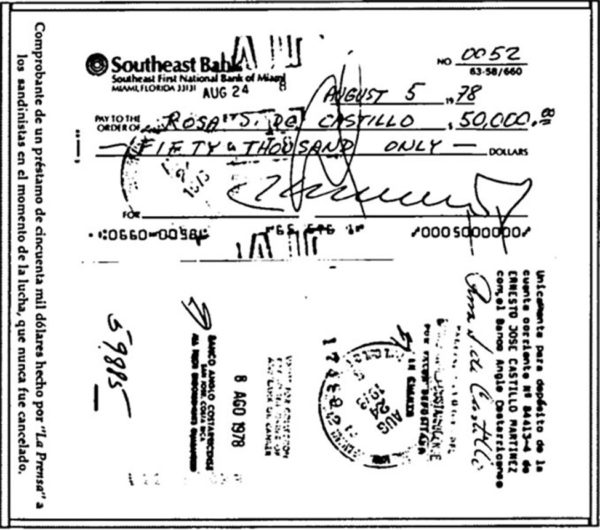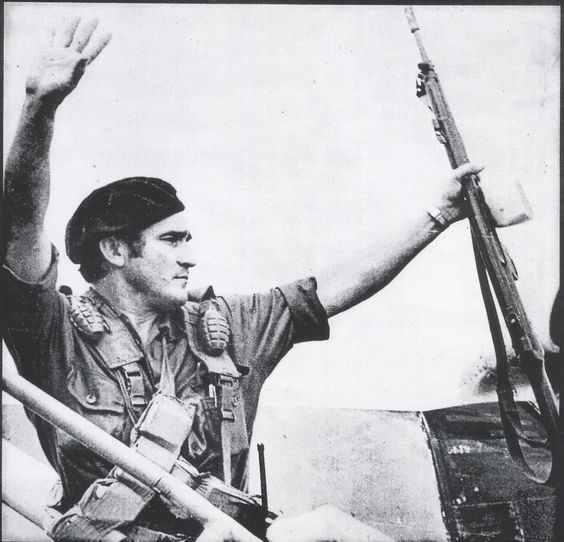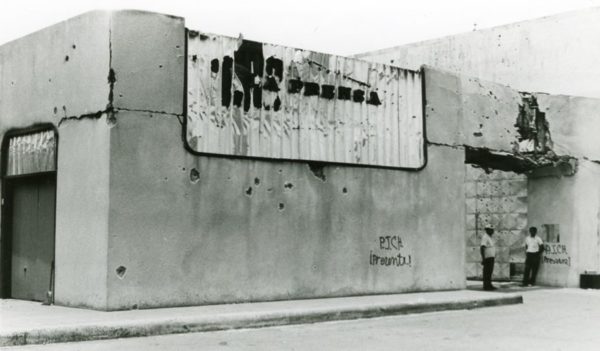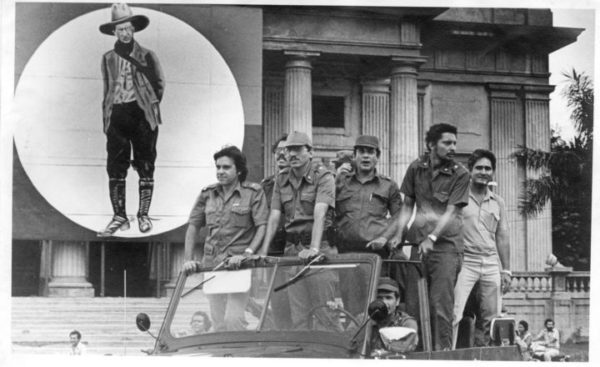La Prensa’s US $50k Loan to Sandinistas Was Never Repaid

The Sandinistas requested a loan of US $50,000 in 1978 for “an unspecified revolutionary operation.” They committed themselves to pay, but never did, and instead attacked and censored the newspaper which they now confiscated.
HAVANA TIMES – The voucher is from Southeast Bank of Miami, Florida, and is dated August 5, 1978. It states that US $50,000 was to be given to “Rosa S. Castillo.”
This was a loan from the Chamorro family, owner of La Prensa, to the Sandinista Front for “an unspecified revolutionary operation,” according to the former director of the newspaper Jaime Chamorro Cardenal in his book “Frente a dos dictaduras” (Opposing two dictatorships), published in 1987 on the newspaper’s 60th anniversary.

In January 1978, the director of La Prensa, Pedro Joaquin Chamorro, had been assassinated by hired killers while in route to the newspaper’s facilities in his vehicle. This sparked massive protests in Managua and in February the Monimbo insurrection took place, in which Camilo Ortega, Daniel Ortega’s brother, was killed.
Subsequently, at the beginning of August, the loan was handed over to the guerrilla fighters and “shortly after” it was granted, (Eden) Pastora, Commander Zero, successfully took over the National Palace with Somoza’s congressmen and ministers inside,” narrates Chamorro Cardenal.

It happened on August 22, 1978. A Sandinista commando led by Eden Pastora took over the National Palace and kidnapped deputies, government officials and relatives of dictator Anastasio Somoza Debayle. In the assault participated the current political prisoner Dora Maria Tellez and another political prisoner, Hugo Torres, who died in prison in 2022.
With that assault, known as “Operacion Chanchera” (Operation hog farm), the Sandinista Front obtained cash to finance its struggle, in addition to the release of some jailed guerrilla fighters and the dissemination through media outlets of documents calling for an insurrection and to give the final blow to the dynasty.

Collecting the money after the triumph
By July 1979, the Sandinistas finally overthrew the Somoza dynasty and took power by force of arms. For several months, the National Guard and the Sandinista Front had clashed in the streets of the country, leaving destruction in their wake.
In one of those battles in the capital, on June 11, 1979, the National Guard bombed La Prensa’s building. At that time, the area was taken by the Sandinista Front guerrilla fighters who were fighting the Guard in the eastern neighborhoods of the capital.
La Prensa, “was attacked by gunfire, shelled and bombed by planes of the Nicaraguan Air Force, dropping six rockets on the building, inside there were eleven people,” details the report “Junio en la historia de La Prensa.”
“Subsequently, a tank of the National Guard shot at the facilities of La Prensa to finish off the criminal and destructive work. Then a pair of soldiers entered to set the building on fire and even at midday of June 12 the flames were still growing in the archive. Half a century of the country’s history was instantly turned into ashes.
The Goss Urbanite printing press, saved from the 1972 earthquake, was left almost unusable,” reads the report.

So, at the beginning of the eighties, with the Sandinistas in power, La Prensa was still suffering the aftermath of that bombing. But the rest of Managua and several cities were also destroyed by war, hence several governments contributed money for their reconstruction.
Jaime Chamorro Cardenal narrates in his book that the government of West Germany donated funds for the industries destroyed or damaged by the war. “The Sandinista regime did not allocate anything to La Prensa, alleging that a newspaper is not a priority industry,” he details.
“But the Sandinistas not only did not cooperate as a government, but also as the Sandinista Front, they did not pay the debt of US$50,000 (fifty thousand dollars) that the Chamorro Cardenal family, owners of La Prensa, lent them at their request and upon word of reimbursement, at the beginning of August 1978, for an unspecified revolutionary operation,” describes Chamorro Cardenal.
The former director of La Prensa states that “when they were reminded of their commitment to pay the debt, the Sandinistas did not proceed to do so. And those $50,000 was never reimbursed.
According to the book, Xavier Chamorro Cardenal was one of the directors of the newspaper who had originally opposed this loan. Years later, he would leave La Prensa to set up El Nuevo Diario with an editorial line in favor of the Sandinista Front.
Furthermore, the new Sandinista government did not cooperate with the reconstruction of the newspaper, “despite the fact that the staff of La Prensa had cooperated with technical assistance to the Sandinistas in the transformation of the old Somoza Novedades newspaper into Barricada. Novedades had been confiscated by the Sandinista government to turn it into their official organ,” narrates Chamorro Cardenal.

The Sandinistas only exempted La Prensa from paying customs taxes so that some equipment and machinery sent by the Inter American Press Association could enter the country for the reconstruction of the newspaper.
Throughout the 1980s, La Prensa suffered closures and censorship for its critical position against the Sandinista government, until Daniel Ortega lost the elections against Violeta Barrios de Chamorro in 1990.
Now that Daniel Ortega is again in power, La Prensa experiences a new phase of Sandinista repression, with its general manager, Juan Lorenzo Holmann Chamorro turned into a political prisoner, and the newspaper facilities confiscated and all its staff in exile.





